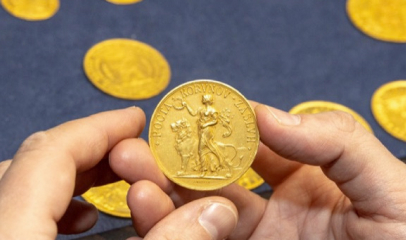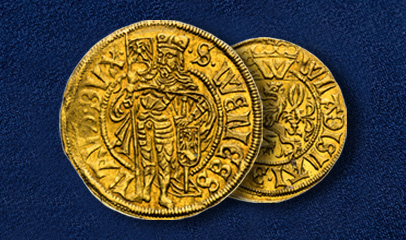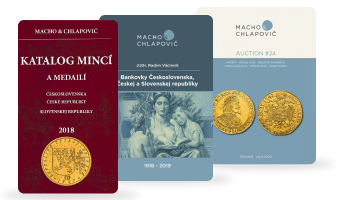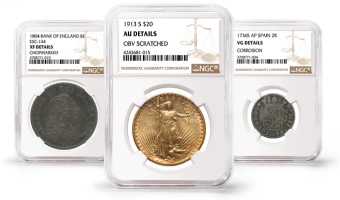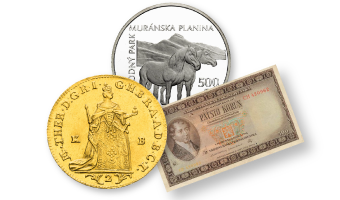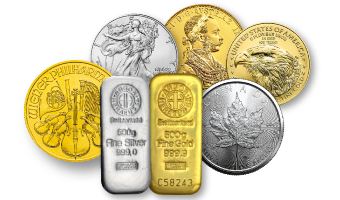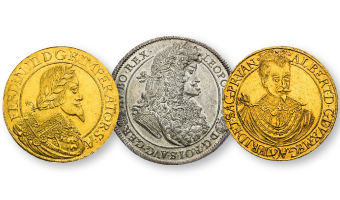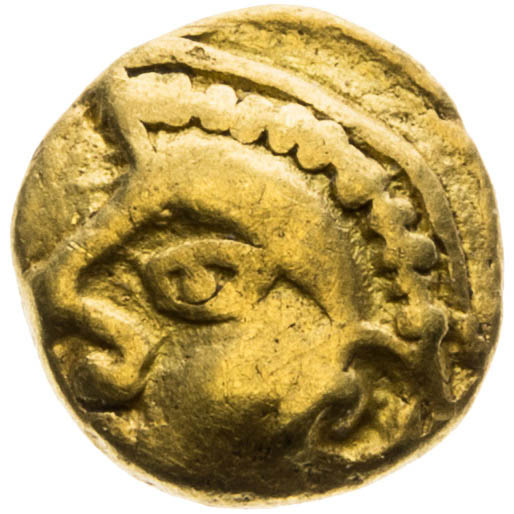
Around the middle of the 3rd century BC the Celts began to mint gold and silver coins in large quantities in the vast territory between southern Silesia and the Danube Region of Austria, which has always formed a busy trade link between the Baltic and the Italian Mediterranean known as the Amber Road. It is noteworthy that from the beginning, this coinage represented a strictly structured multi-denomination monetary system. In the early period, the highest denomination minted was a 1/3 gold stater worth 32 silver obols. 1/8 and 1/24 staters, silver drachmas and hemidrachms were also minted, followed by staters later on. All of the gold coins were of high purity – around 97-99%.
The designs on the obverse and reverse sides of both gold and silver coins were clearly inspired by Greek coinage motifs. For the reverse of all gold denominations, an unknown Celtic craftsman modelled the figure of Athena Alkidemos in the Celtic style. The likely model was the silver tetradrachms of the Macedonian king Antigonus II Gonatas (277-239 BC). Stamped on the reverse is a standing figure of the goddess Athena with the epithet Alkidemos, protector of the Macedonian city of Pella. It is after her that the Celtic coins were designated as the Athena Alkidemos type. A beautiful 1/24 stater of this type from the early minting period will be auctioned under lot 11.
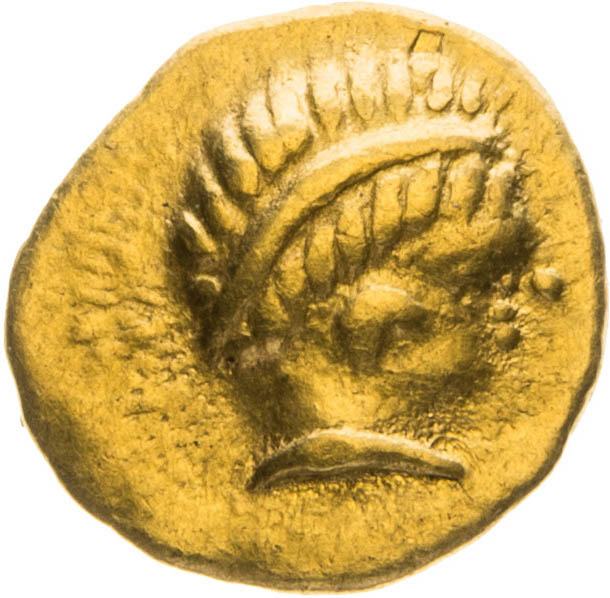
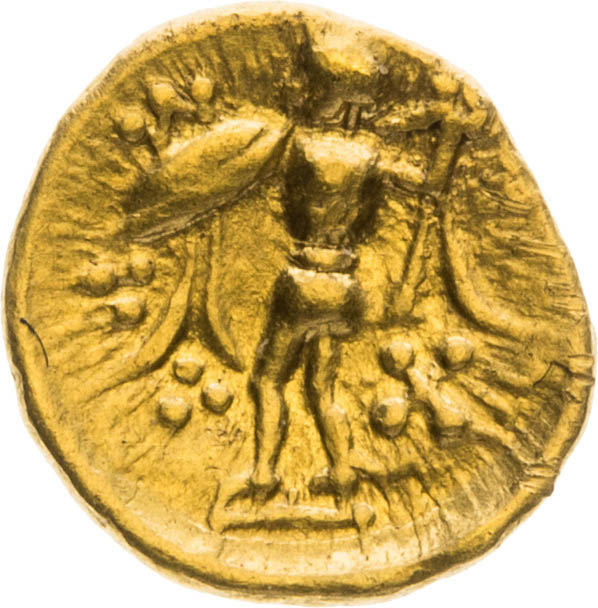
1/24 STATER (HALF OF 3RD CENTURY BC) ATHENA ALKIDEMOS TYPE
It is natural that the economically advanced environment of the Amber Road, with its extensive coin production and highly developed monetary trade, strongly influenced the less developed surrounding areas. These influences are also evident in the nature of coin production in Bohemia. One of their manifestations was the adoption of the Athena Alkidemos motif on a number of Bohemian Celtic coins.
The youngest Bohemian imitation of the Athena Alkidemos type, and at the same time one of the youngest and most beautiful Bohemian local mintages ever, is the type with a depiction of a “Gaulish” head on the obverse. It was struck as a five-denomination set with values of 1, 1/3, 1/8 and 1/24 stater in gold, accompanied by a silver obol. The source of inspiration for this extremely artistically sound type is truly remarkable. The design of the reverse side of the Czech stater, from which the design of the lower denominations was derived, is undoubtedly a very faithful imitation of the image on the 1/24 stater of the Athena Alkidemos type, despite the vastly different size of the minting area. It was struck in the Amber Road area sometime around the middle of the 3rd century BC or not long after. It is unlikely that these well-preserved coins were commonly found in circulation in Bohemia in the first half of the 2nd century BC, when the engraver was producing dies for the Bohemian imitation. Therefore, it can be assumed that the sample coin came from older cash money or was a commemorative item. We will be auctioning a very charming 1/24 stater of the Gaulish head type under lot 4. It is an extremely rare coin, with only two specimens known to exist to date.
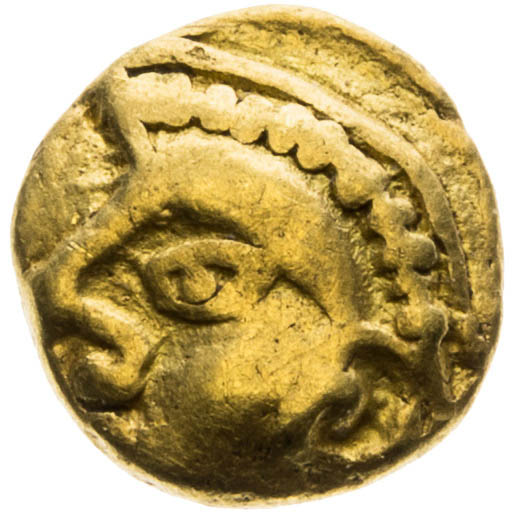
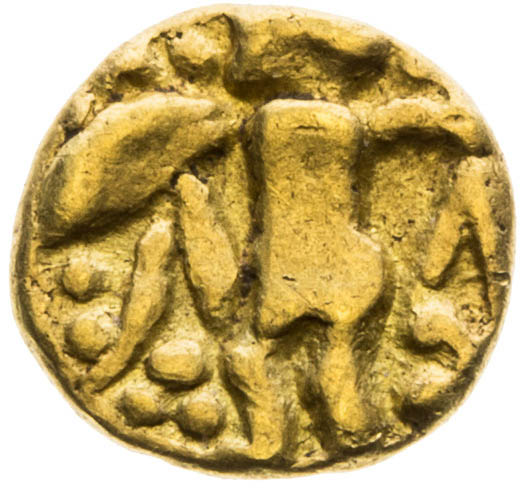
1/24 STATER (2ND CENTURY BC) GALLIC HEAD / ATHENA ALKIDEMOS TYPE


